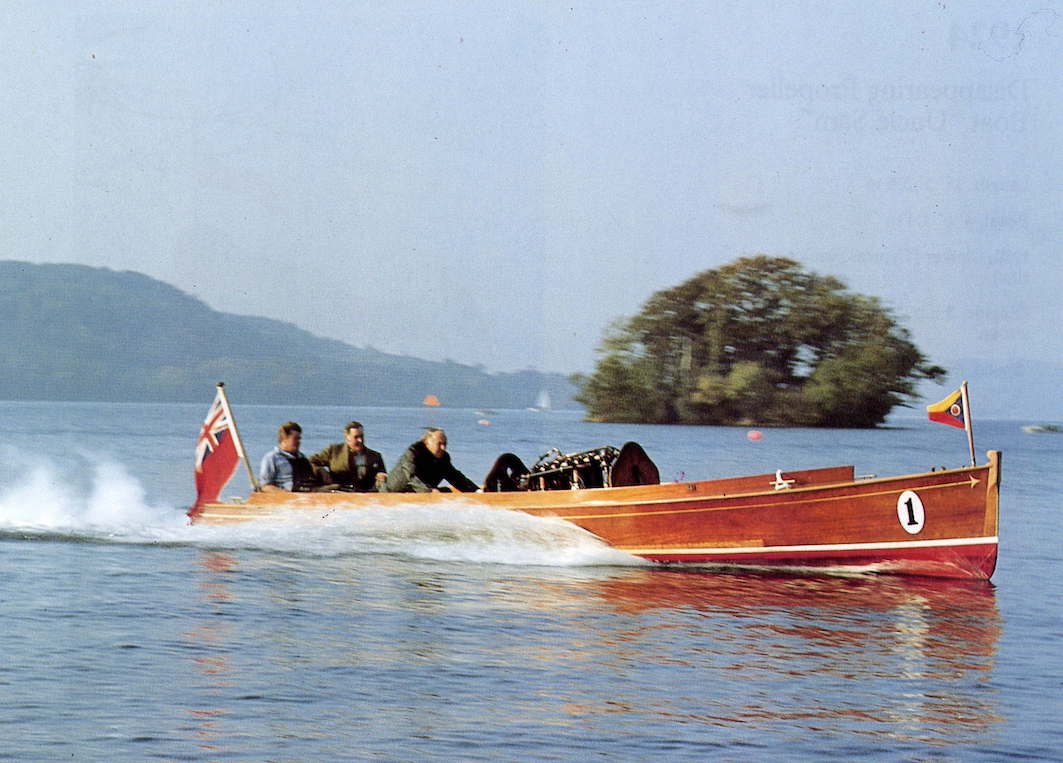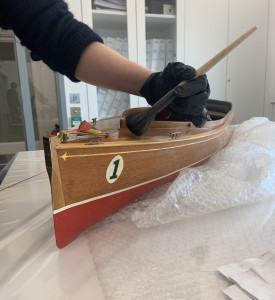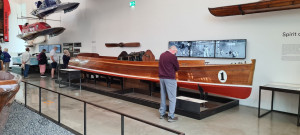A model of a 1920s rescue boat which raced to the scene of a record-breaking lake disaster has gone on display at Windermere Jetty Museum.
In 1930, racing boat Canfly dashed to the scene of Sir Henry Segrave’s tragic world water speed record on Windermere and arrived just in time to rescue the only survivor.
Segrave was unique in that he held both the land and water speed records at the same time, and tragically it was his pursuit of the latter that led to his death.
Canfly was the race officials’ boat during record attempts on the lake and also raced regularly on the lake between 1922 and 1937.
A replica of this impressive vessel was made in 1983 by model maker Keith Townsend and is made to a 1:8 scale so visitors can easily compare the model to the real boat in the gallery.
The real Canfly was built in 1922 and designed to house a decommissioned Rolls Royce engine from a WW1 airship.
As well as Canfly, two other models have gone on display at Windermere Jetty Museum. Bat and Branksome replicate real life-size boats in the collection – and the latter takes centre stage in the Museum’s main gallery.
Sophie Terrett, Windermere Jetty Museum’s collection curator, said: “The model of Canfly is remarkably accurate and is testament to Keith’s skill. Models of real boats are happily very common in our collection as the vessels are of national and international significance.”
The replicas of Canfly, Bat and Branksome are displayed in the space between the lakeshore café and the visitor desk so visitors can come and see these for free.
Windermere Jetty Museum is currently open five days a week 10am-5pm (closing on Tuesdays and Wednesdays), returning to daily opening for the summer holidays. Visitors can book tickets to see the original boats in the collection at windermerejetty.org




